Sigma 18-35mm f/1.8 Lens Review Intro:
A few weeks ago, Sigma announced an 18-35mm f/1.8 zoom – the world’s fastest zoom lens for digital SLRs. It’s designed for APS-C sensor cameras, which means the effective focal length is actually about 27-50mm. As you’d expect from a zoom with an f/1.8 maximum aperture, it’s a pretty substantial chunk of metal and glass. We were lucky enough to get one soon after the announcement and I’ve been using it for a little over a week with a Canon EOS Rebel T4i / 650D and an EOS 7D. Photographers were very excited when the Sigma 18-35mm f/1.8 DC HSM Art lens was announced because the large f/1.8 aperture opens up new opportunities for APS-C sensor DSLR owners who shoot in low light, and for photographers who want more depth-of-field control.
Sigma 18-35mm f/1.8 DC HSM Zoom Lens Pros
- Super-fast f/1.8 aperture
- Excellent optics
- Great build
- Quick, accurate auto focus
- Nice, soft bokeh
- Affordable price compared to alternatives (there really aren’t any comparable lenses)
Sigma 18-35mm f/1.8 DC HSM Zoom Lens Cons
- Short zoom range – not wide enough or long enough
- No image stabilization
Sigma 18-35mm f/1.8 DC HSM Zoom Lens Key Features & Specs:
- 35mm focal length equivalent: 27-52.5mm
- Aperture range: f/1.8 to f/16
- Minimum focus distance: 8cm / 11 inches
- Aperture construction: 9 rounded blades
- Lens Construction: 17 elements in 12 groups
- Hyper Sonic (HSM) auto focus motor
- Filter size: 72mm
- Compatible with Sigma USB lens dock
- Available for Sigma, Canon and Nikon APS-C sensor DSLRs
Price $799
The Sigma 18-35mm f/1.8 DC HSM Art lens is part of Sigma’s new Global Vision program, which includes three lens lines: Art, Sports and Contemporary. The 18-35mm f/1.8 is a member of the Art line and there’s a shiny little “A” on the lens barrel to indicate that. The first two things you notice with the Sigma 18-35mm f/1.8 are the size and the weight. It’s a big lens for such a short zoom range, although that’s to be expected with such a large aperture. It has to be big to let all that light in. It’s also a heavy lens. It’s been a while since I used a Sigma lens but this one feels like it’s built better than Sigma lenses I’ve used in the past – including top shelf glass like the 70-200mm f/2.8 HSM OS zoom. The barrel is all metal and feels it. You can also tell there’s a lot of heavy glass inside. The lens build gave me a feeling of confidence – it definitely feels like serious bit of camera gear. For reference, I took a picture of the Sigma 18-35mm f/1.8 next to my Canon EF-S 17-55mm f/2.8 IS zoom (below). Note that even though the Sigma has half the zoom range of the Canon, it’s actually longer and has almost the same diameter. The Sigma 18-35mm is also heavier than the Canon 17-55mm f/2.8. If you’re looking for something small and light, this may not be the lens you want. I would not describe it as small, light or inconspicuous. On the other hand, I wouldn’t say it’s too big, either. It balances just fine on the Canon EOS Rebel T4i / 650D and the EOS 7D.
Sigma 18-35mm f/1.8 next to the Canon EF-S 17-55mm f/2.8 IS zoom lens
Build quality is important but it’s performance that really matters, right? And the Sigma 18-35mm f/1.8’s performance does not disappoint. Camera and lens lab testing site DxOMark said the Sigma 18-35mm f/1.8 is the best APS-C lens they’ve ever tested, scoring it just a hair below the Canon EF 24-70mm f/2.8L II when the 24-70mm is mounted on a full-frame camera. However, when both lenses were mounted on the same crop sensor camera, the Sigma performed far better than the bigger, slower and much more expensive 24-70mm f/2.8L II. Canon’s new 24-70mm is one of the best zoom lenses available so that’s great news for photographers who are interested in the new Sigma. However, since the 24-70mm has a very different zoom range, it’s probably better to compare to the Canon 16-35mm f/2.8L II zoom. Since DxOMark scores the 16-35mm well below the 24-70mm f/2.8L II, it’s clear that the Sigma 18-35mm f/1.8 is the best possible glass you can use with your APS-C DSLR.
Sigma 18-35mm f/1.8 Lens Experience:
Lab tests are useful but they don’t tell the whole story. You have to get out in the field and actually take pictures to really determine how good a camera or lens is. In the time I had the Sigma 18-35mm f/1.8 for review I was able to shoot a bunch of outdoor and landscape stuff, some people photos, and some architectural photos. Optically, the lens as absolutely as good as DxOMark says. It’s super sharp across the whole zoom range, including the edges. There’s no visible distortion in my Utah State Capitol photos and no obvious curvature on the horizon in landscape images, even when the horizon was near the edge of the frame. Photographers who need straight lines and don’t want to make lens corrections in Lightroom or Photoshop will be very pleased with this lens.
Sigma 18-35mm f/1.8 – Utah State Capitol sample photo
Sigma 18-35mm f/1.8 – Great Salt Lake storm sample photo
I also checked my Sigma 18-35mm f/1.8 photos closely in Lightroom for chromatic aberration. The chromatic aberration I found was minimal and easily corrected with one single click on the “Remove Chromatic Aberration” box in Lightroom’s Develop module*. But honestly, I had to look for it to find it. If I hadn’t been looking I don’t think I would have noticed. While I was looking closely, I also checked the edges and corners of my images for distortion and sharpness. In my architectural photos, which were stopped down to f/11 or f/16, the images are totally sharp from edge to edge and corner to corner. Even photos at f/2.8 were sharp from edge to edge, in scenes where the subject was in focus on the edges. One of the only problems I found was some barrel distortion towards the outside of the frame at 18mm when I was close to my subject. I didn’t see this with architectural or landscape photos, though – only when I was doing some careful sharpness testing, taking pictures of a bookcase. So it could be a problem for product photographers but for most subjects I think it’s a non-issue.
Sigma 18-35mm f/1.8 chromatic aberration & edge sharpness sample
It might be that I’m a sucker for the subject, but I enjoyed the Sigma 18-35mm f/1.8 the most when I was taking pictures of my one-month-old niece. Being able to shoot in basement window light at f/1.8 was really nice. The light was beautiful and the shallow depth-of-field really helped isolate the baby’s little face and hands. The 18-35mm f/1.8’s out of focus image quality, a.k.a. bokeh, is wonderful. That’s not a given, either. Just because a lens has a big maximum aperture doesn’t automatically mean it has great bokeh. This lens would have been disappointing if the bokeh wasn’t beautiful – especially since it’s part of Sigma’s Art line. The 9-bladed, rounded aperture construction makes nice soft, smooth out-of-focus backgrounds, though. It’s nice enough that it makes you want to shoot wide open, just to immerse yourself in the blur.
Sigma 18-35mm f/1.8 wide open – baby bokeh sample photo
Sigma 18-35mm f/1.8 wide open – flower bokeh sample photo
The only downsides I can find with the Sigma 18-35mm f/1.8 zoom are the short zoom range and lack of image stabilization. The image stabilization I can live without, although I am used to it with my Canon EF-S 17-55mm f/2.8 zoom. The short zoom range is a bigger problem, though. Mostly, I wished it was a little longer. And sometimes – like when I was taking pictures of the Capitol building, I wished it was a little wider. For people pictures it’s easy enough to take a couple of steps forward or backwards. But for landscape and architectural photos, sometimes you want to shoot from a particular position and use a longer focal length for framing. For me, this is especially true when I’m shooting in the mountains where some compositions that are only possible with telephoto focal lengths. The optics, fast aperture and bokeh of the Sigma 18-35mm f/1.8 more than make up for its few shortcomings, though. For the most part I was absolutely in love with it while I was shooting with it. And when I wasn’t – I just needed to change lenses. Acceptance is the key, here. The Sigma 18-35mm f/1.8 isn’t a 17-55mm zoom. And as good a lens as it is, my 17-55mm zoom doesn’t deliver the love like the Sigma does.
Because the Sigma 18-35mm f/1.8 zoom range is so short, it’s definitely not an all-purpose lens – except maybe for street photographers. For street shooting, the 27-50mm equivalent focal length and fast f/1.8 aperture are pretty much perfect. Unfortunately, it’s not an inconspicuous lens so people will see you coming. I found I was happiest using the Sigma 18-35mm f/1.8 for people and landscape photos. And it’s obviously great for low light, although you do need to watch your depth-of-field. At f/1.8, it can be prohibitively shallow if you’re too close to your subject.
Sigma 18-35mm f/1.8 – Photo-John self-portrait
The short zoom range means, for most of us anyway, the Sigma 18-35mm f/1.8 can’t be the only lens we carry. It requires a good camera bag strategy if you don’t want to get caught short (get it?). I found it paired reasonably well with a fast 50mm for people and landscape photos. You could add a telephoto prime for even better coverage if you’re a prime lens photographer. Or you could compliment it with a longer, fast zoom like a 24-70mm f/2.8. I think that’s what I would do. Regardless, I felt like the 18-35mm f/1.8 wasn’t enough on its own and I always wanted another, longer lens to make sure I was prepared.
Sigma 18-35mm f/1.8 – Utah wildflower photographer
Sigma 18-35mm f/1.8 Lens Review Conclusion:
The Sigma 18-35mm f/1.8 zoom lens is wonderful. The optics are about as good as it gets, the bokeh is creamy delicious, the build is great, and the big f/1.8 aperture puts this lens in a class of its own. Honestly, there’s really nothing to complain about. The only issue is coming to terms with the short zoom range and making sure you have another lens available in case you need something longer. Oh yeah – I can’t forget about the price. Remember how I said that DxOMark rated the Sigma 18-35mm f/1.8 zoom higher than the Canon EF 24-70mm f/2.8L II when both were mounted on a crop-sensor camera? Now consider the Sigma’s $799 MSRP. That’s about one-third the price of the Canon 24-70mm f/2.8L, less than half the price of the Canon 16-35mm f/2.8L, much less expensive than either the Nikon AF-S 17-35mm f/2.8D or the Nikon AF-S 24-70mm f/2.8G. It’s also going to perform better on your crop-sensor DSLR than any of those bigger, more expensive lenses. So if you want it, buy it. You won’t regret it.
All Sigma 18-35mm f/1.8 Zoom Lens Sample Photos >>
*No Lightroom lens corrections have been applied in any of the photos in this review.
All photos copyright Photo-John and/or PhotographyREVIEW.com.
Related Content:
All Sigma Lens User Reviews
All Sigma News And Articles
All Lens News And Articles
Sigma Web Site


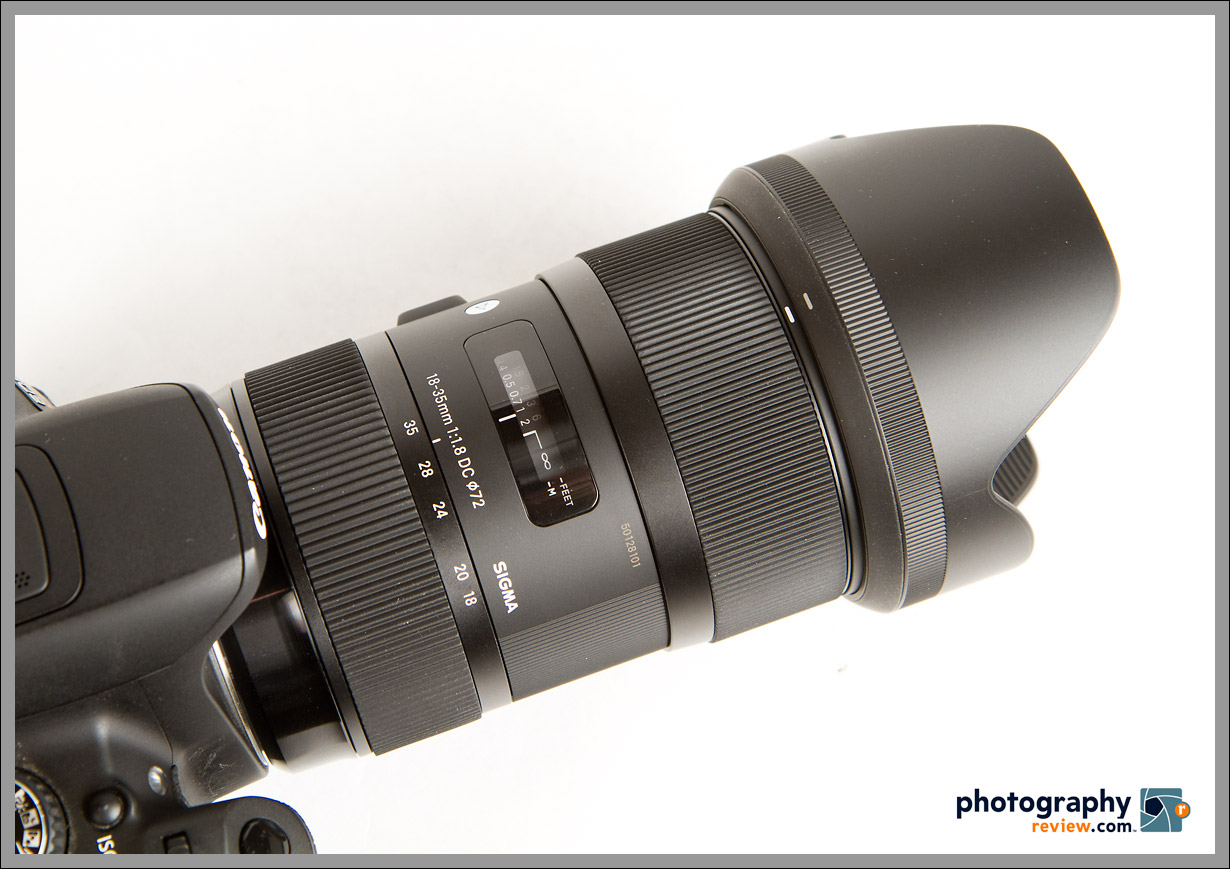
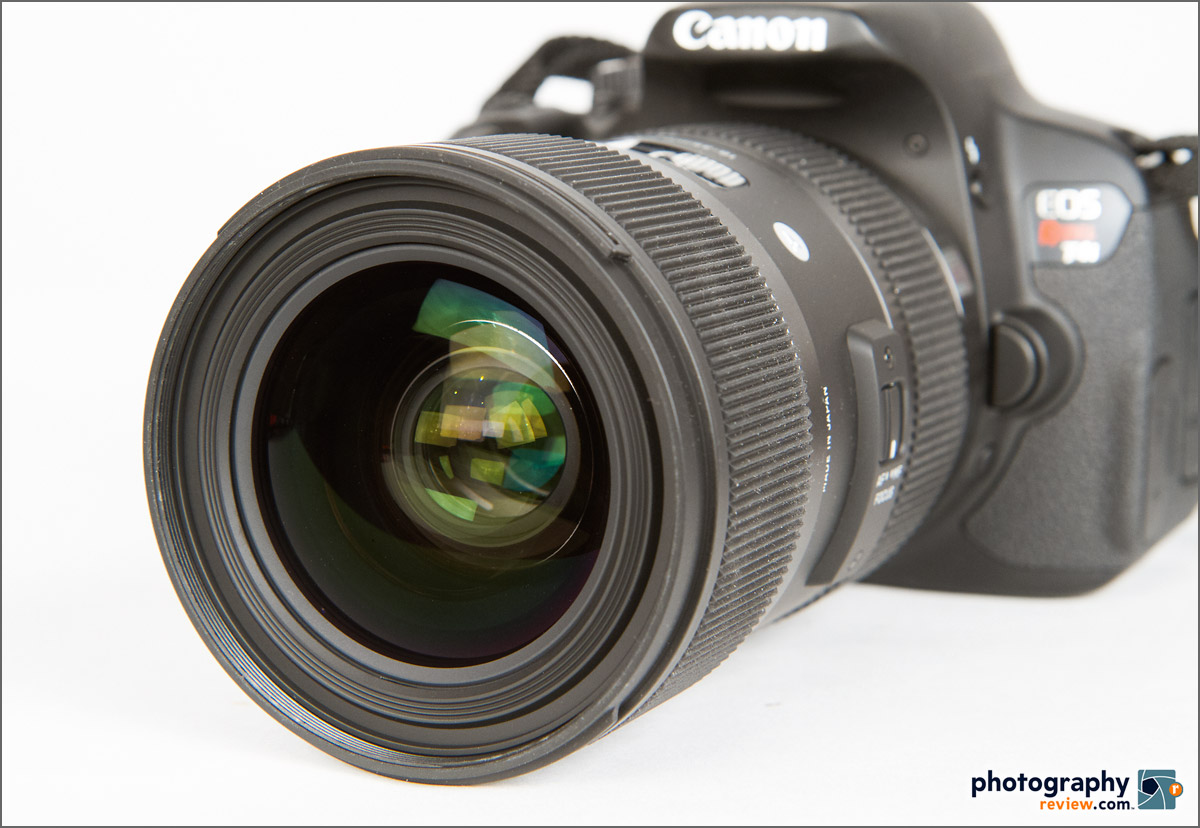


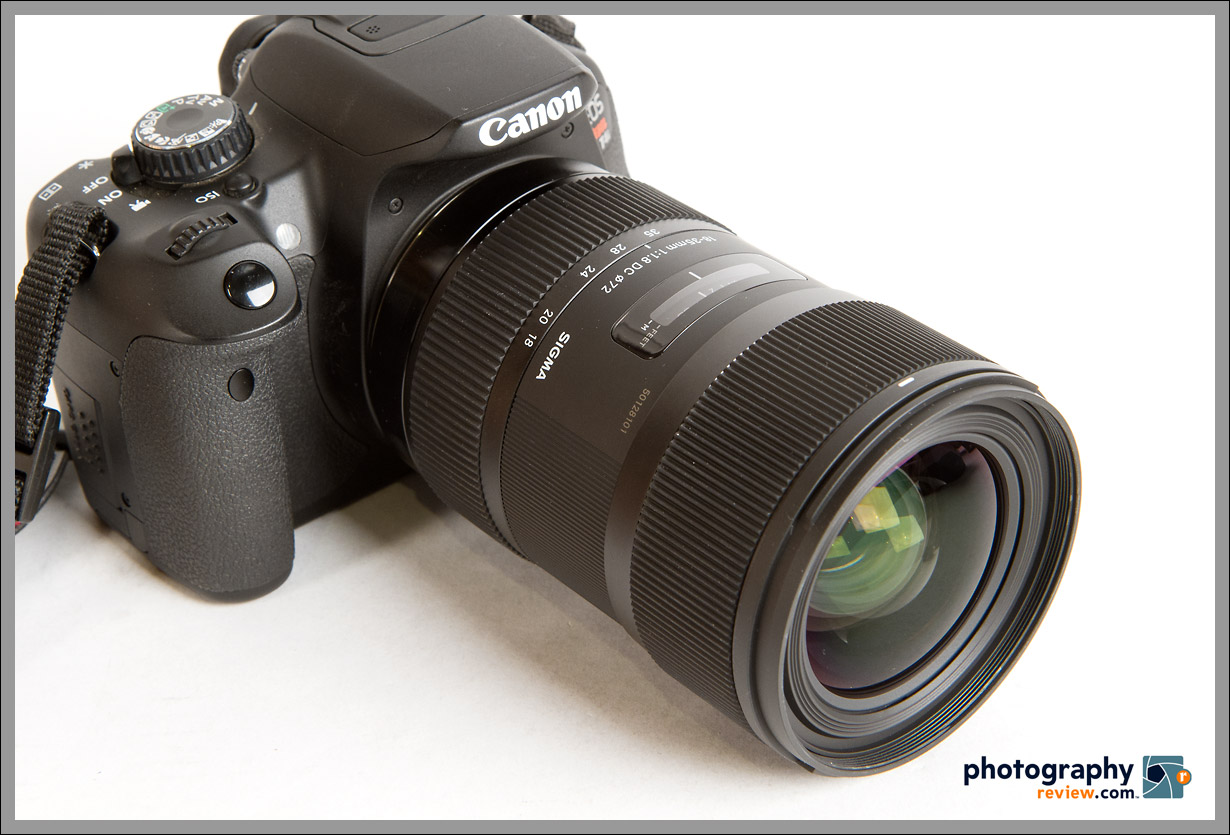

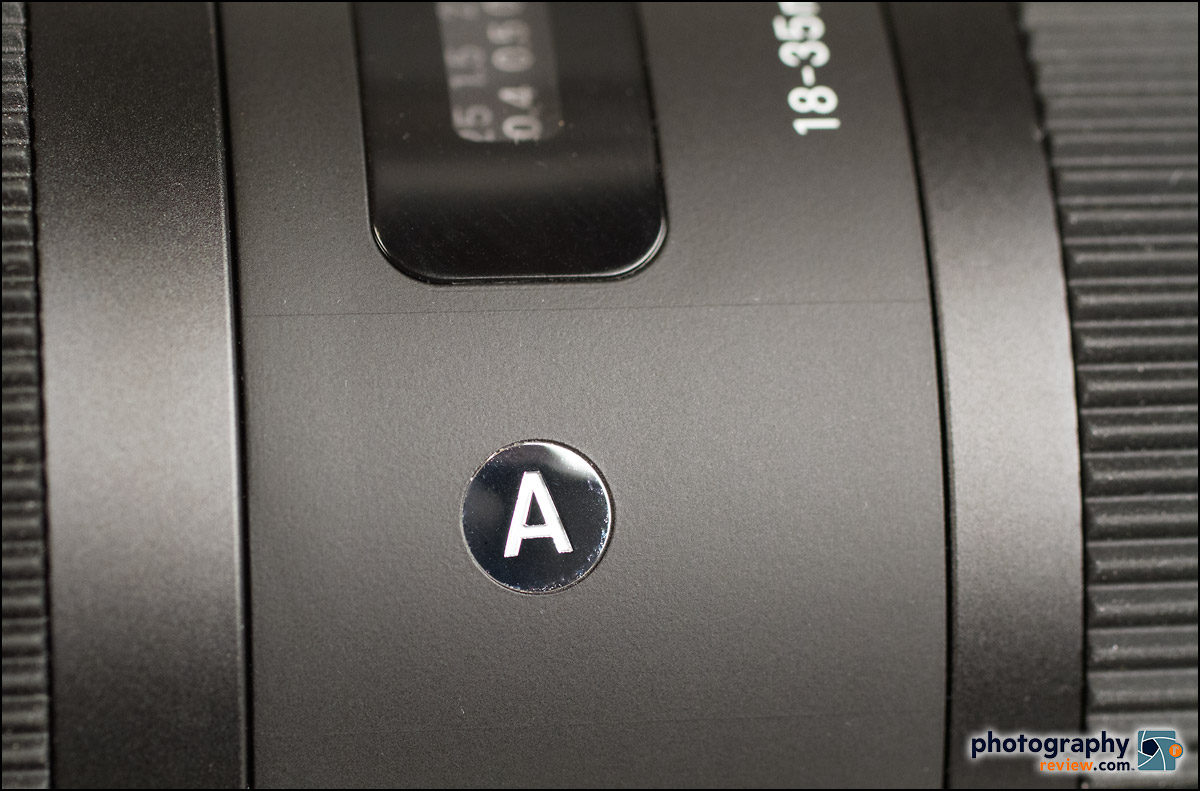

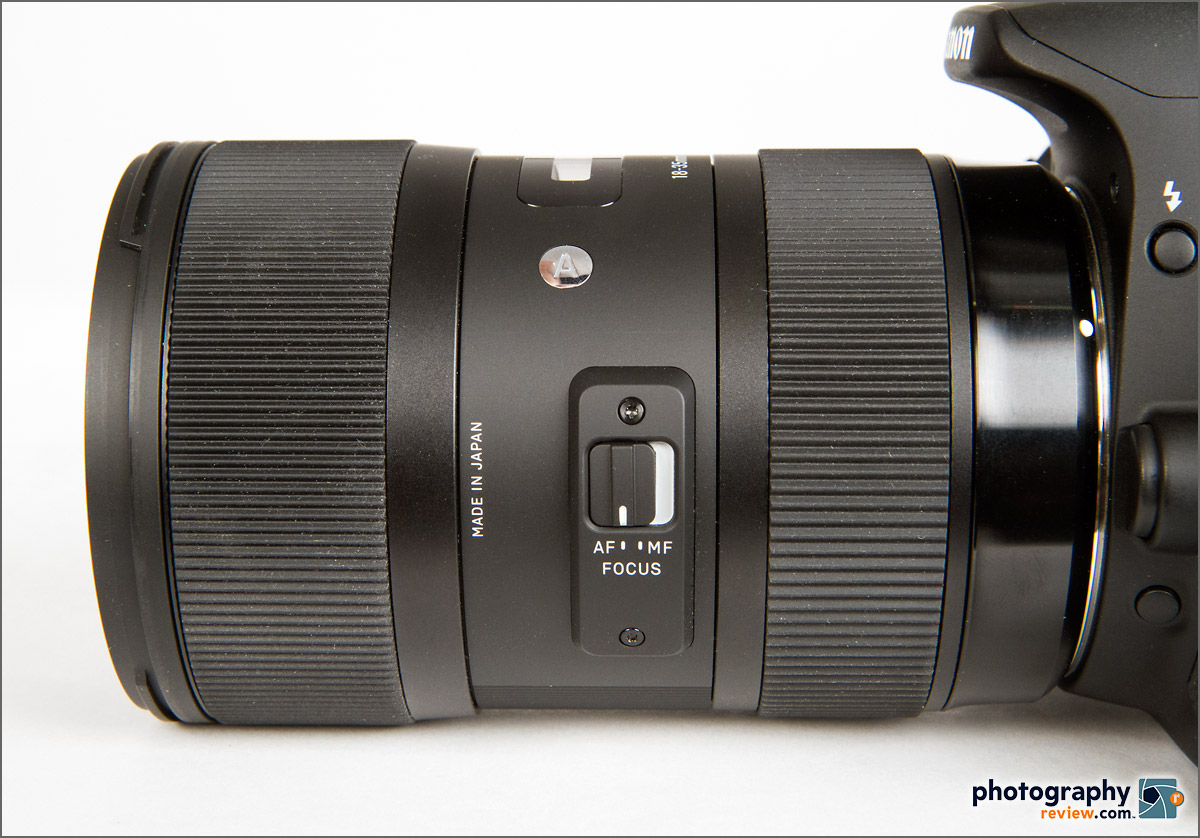

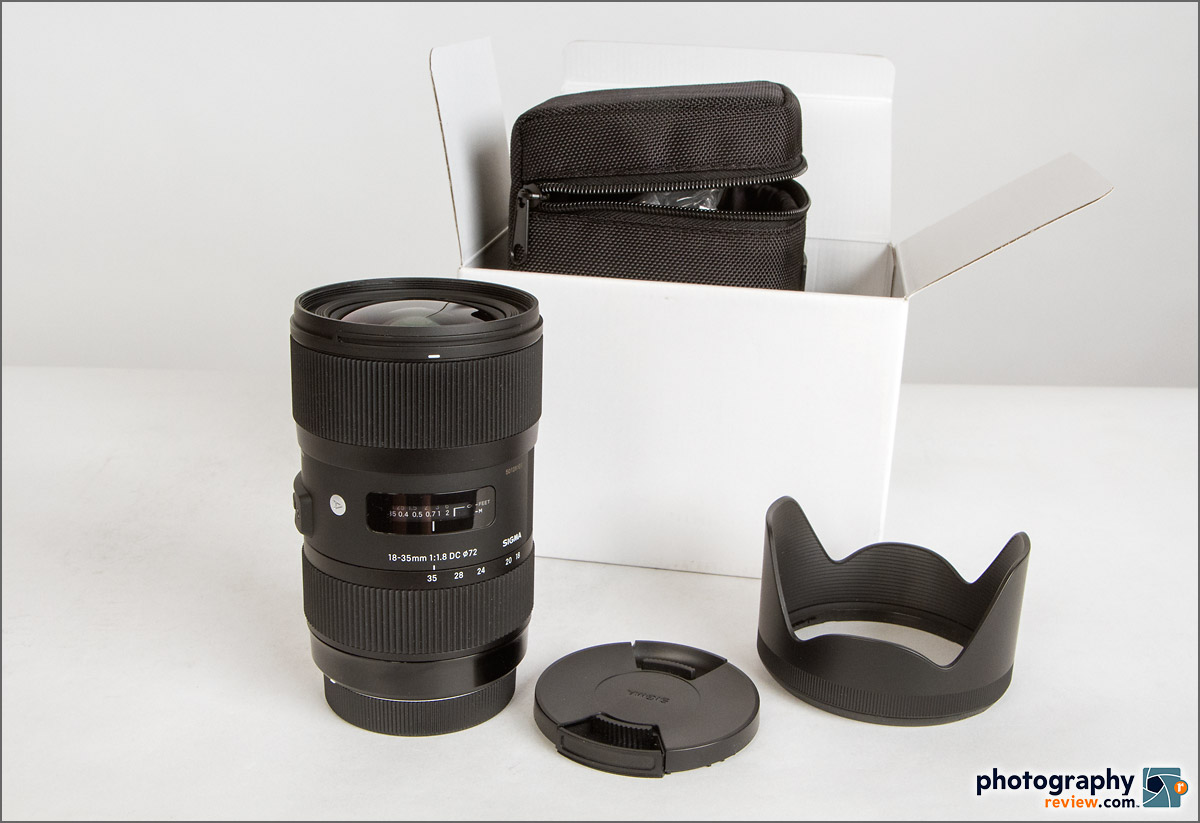


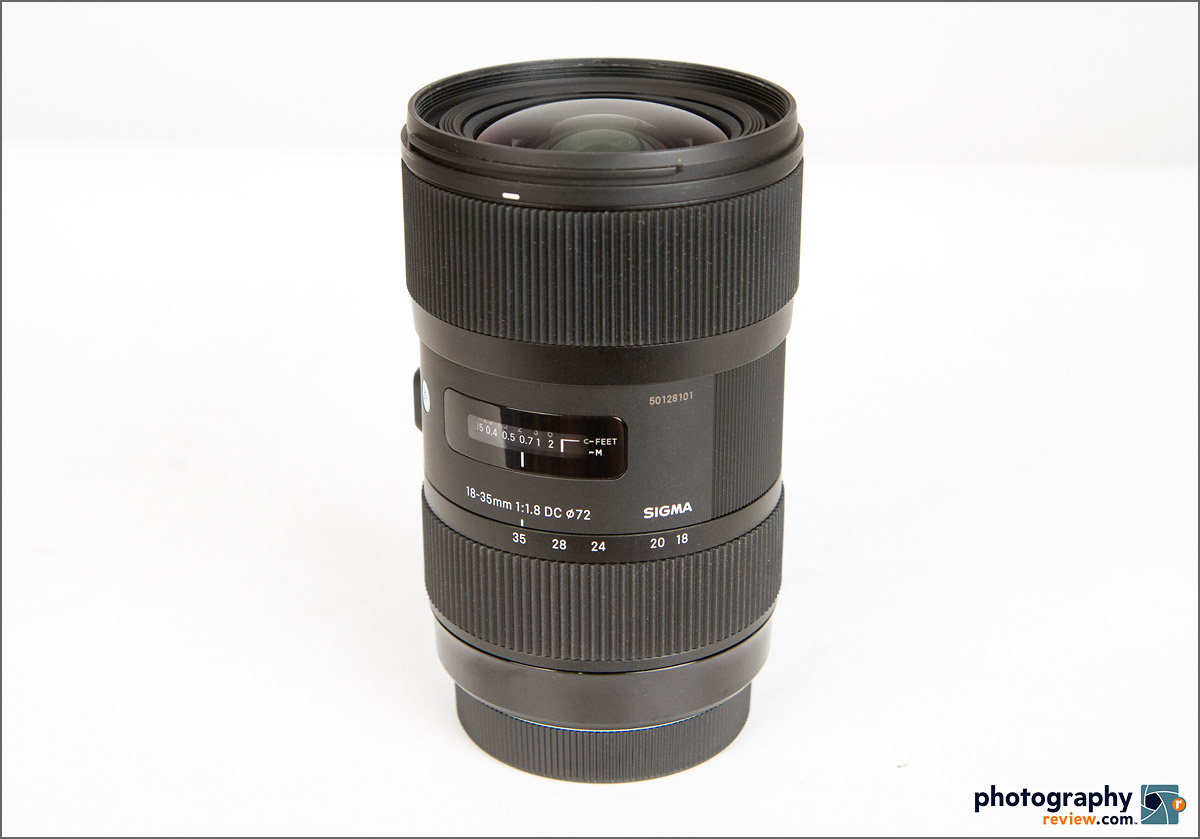

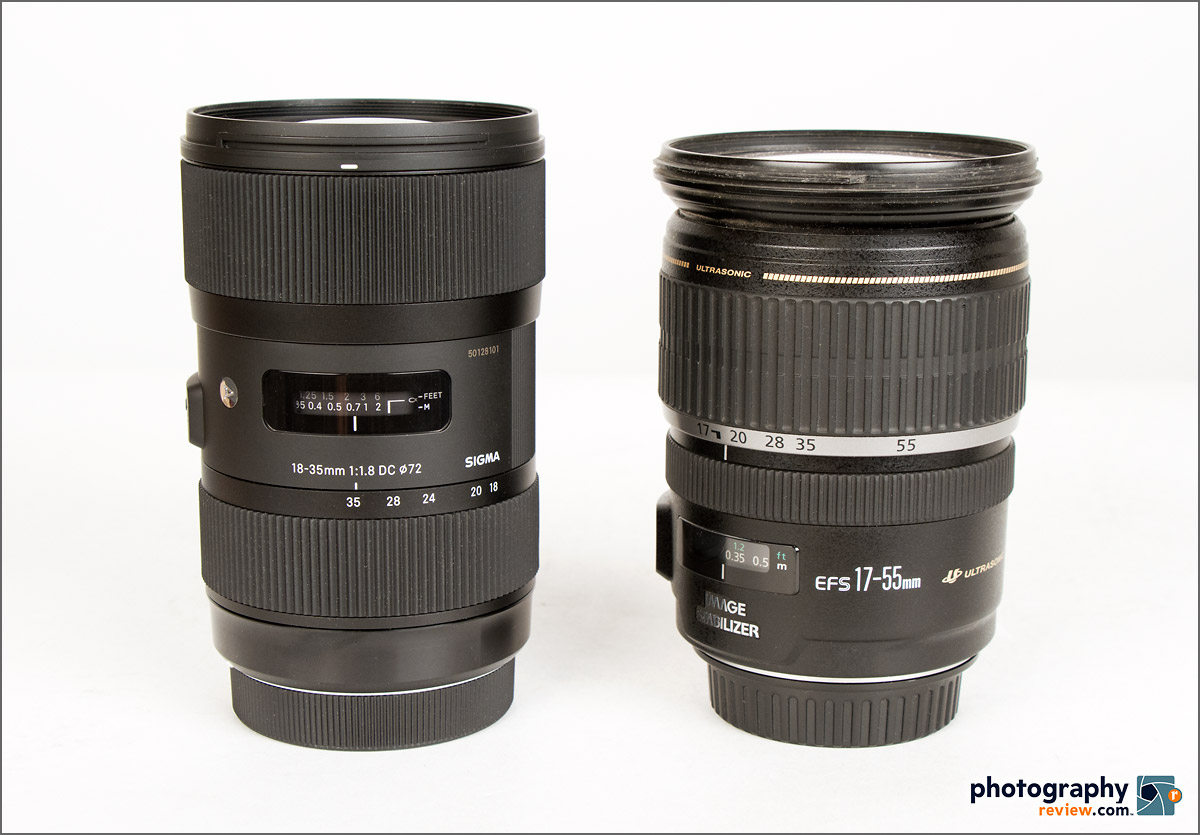

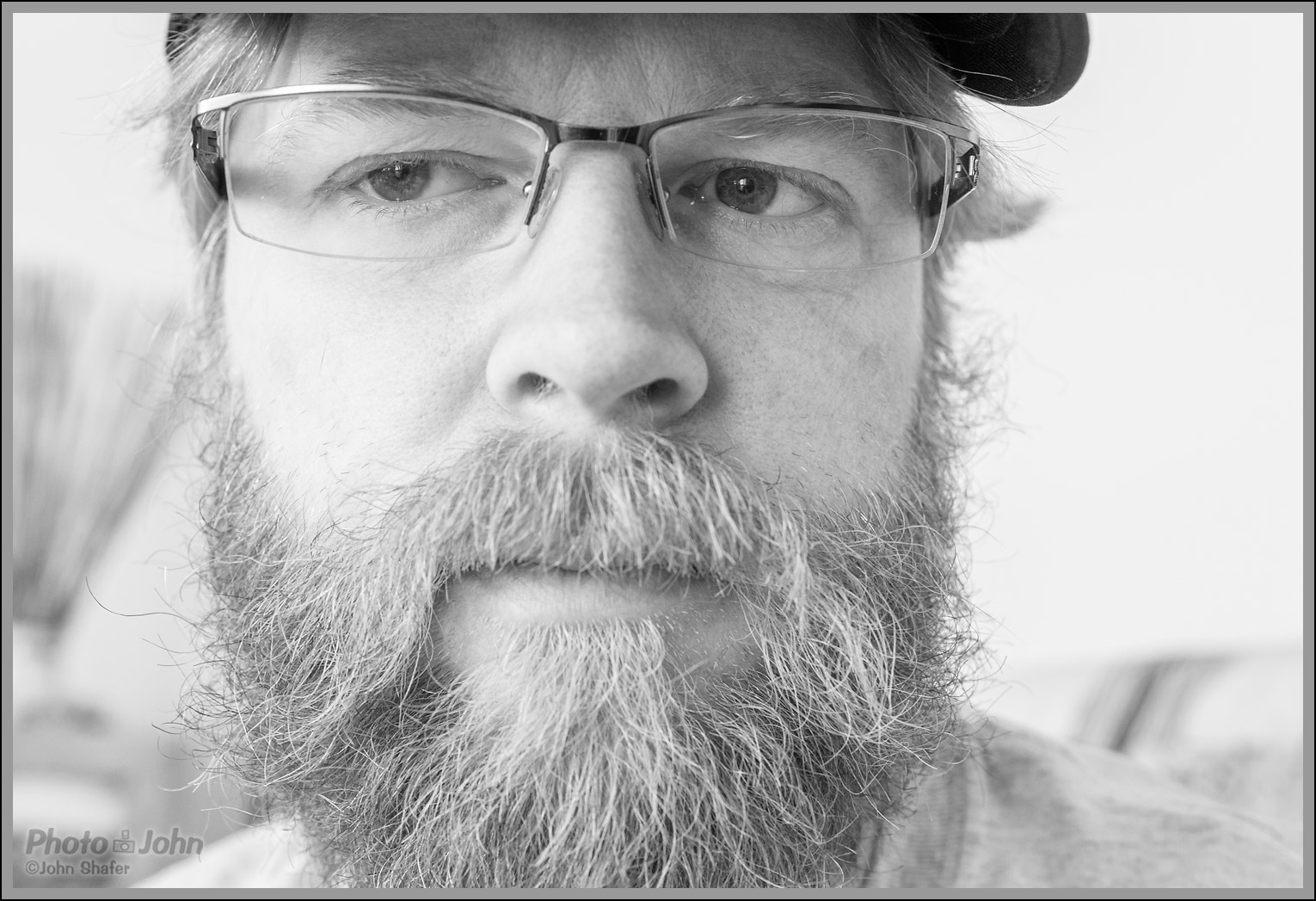

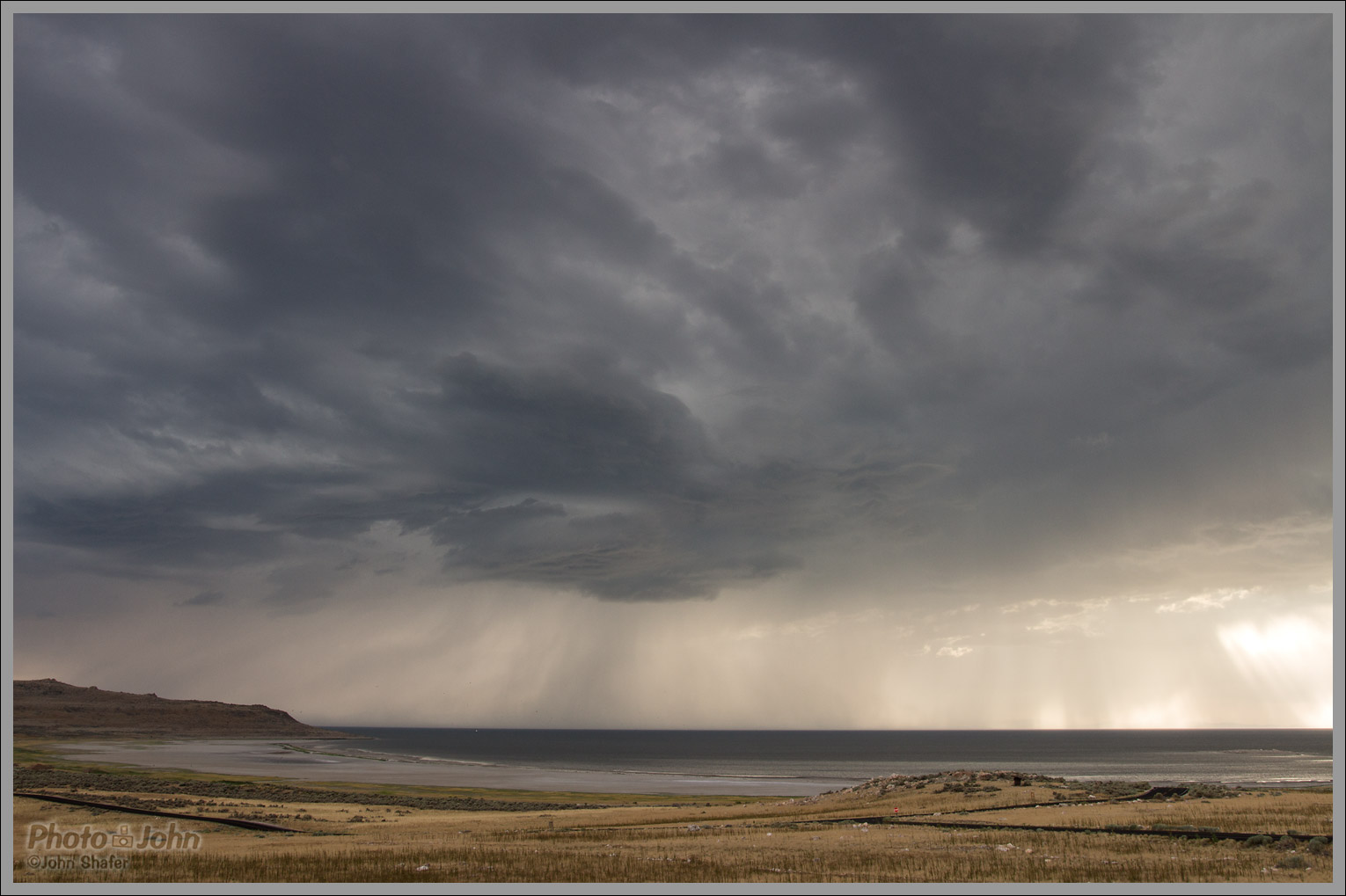

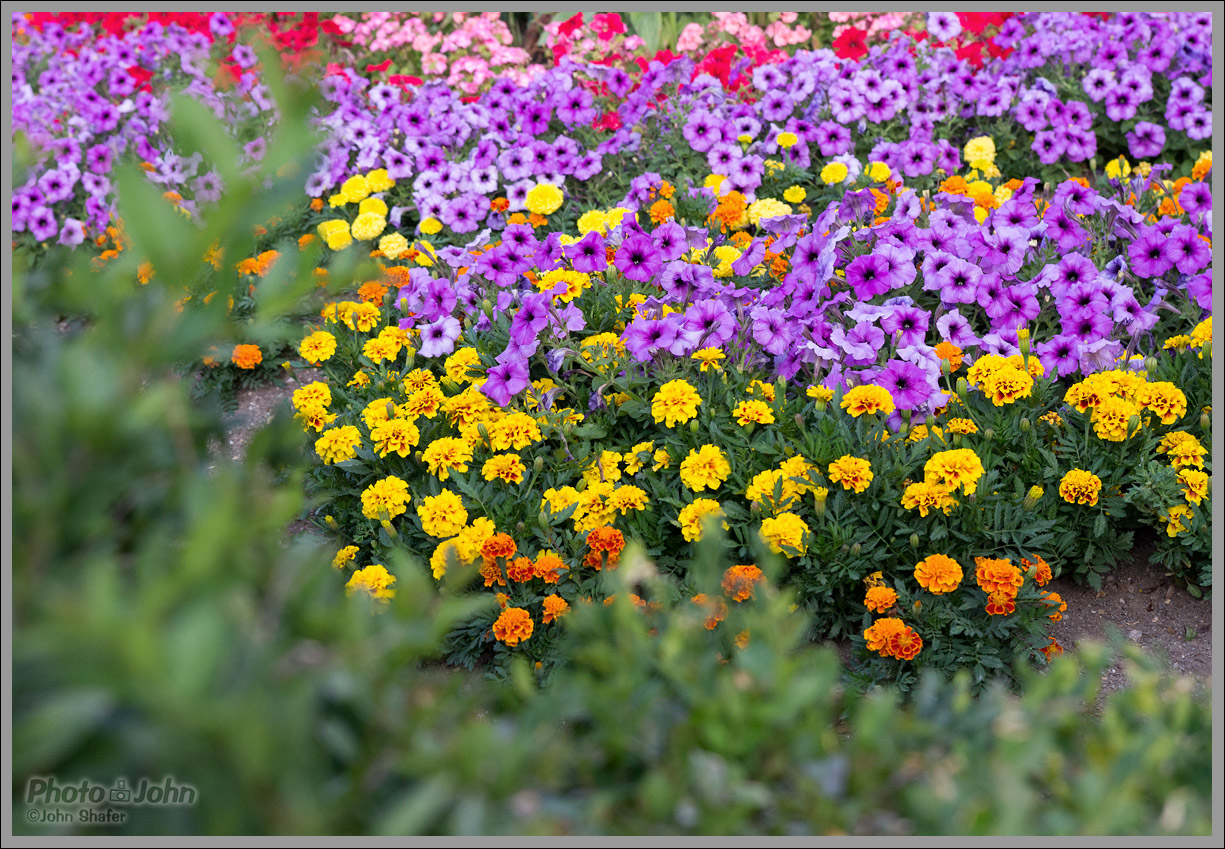

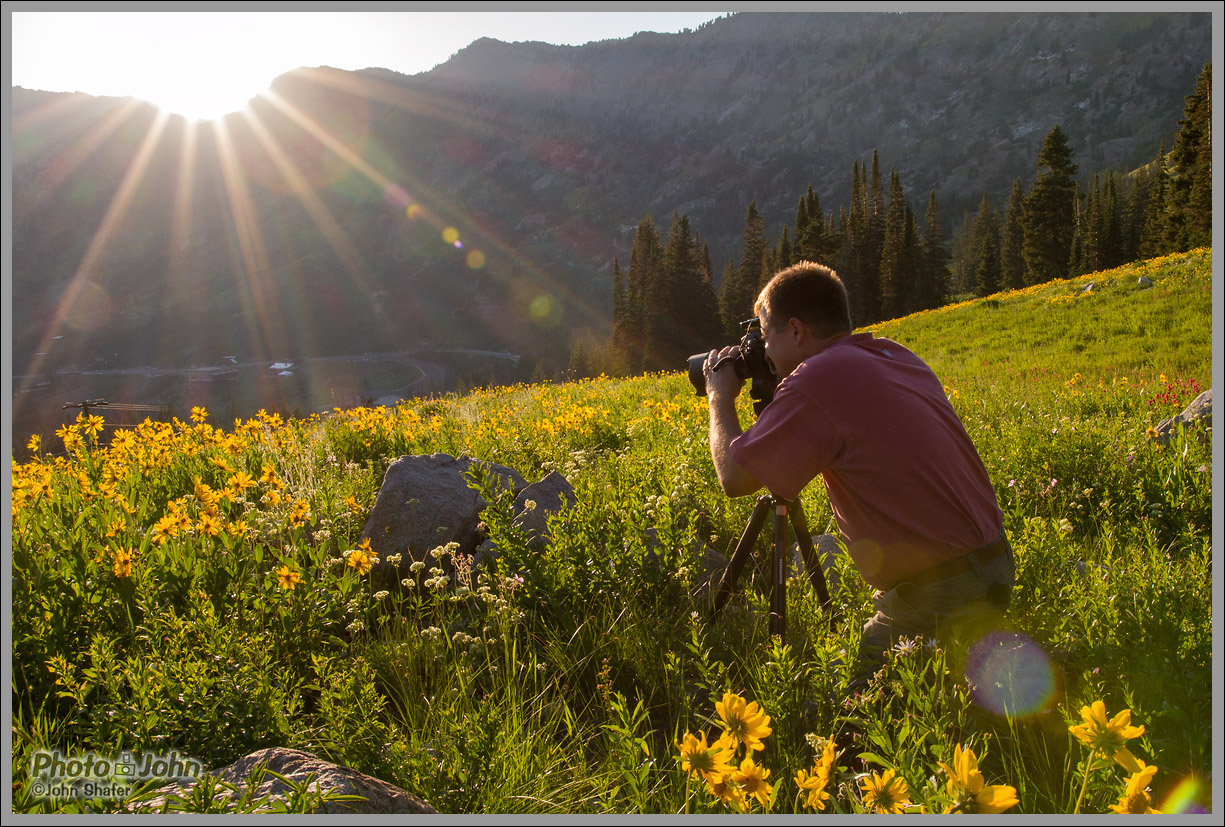



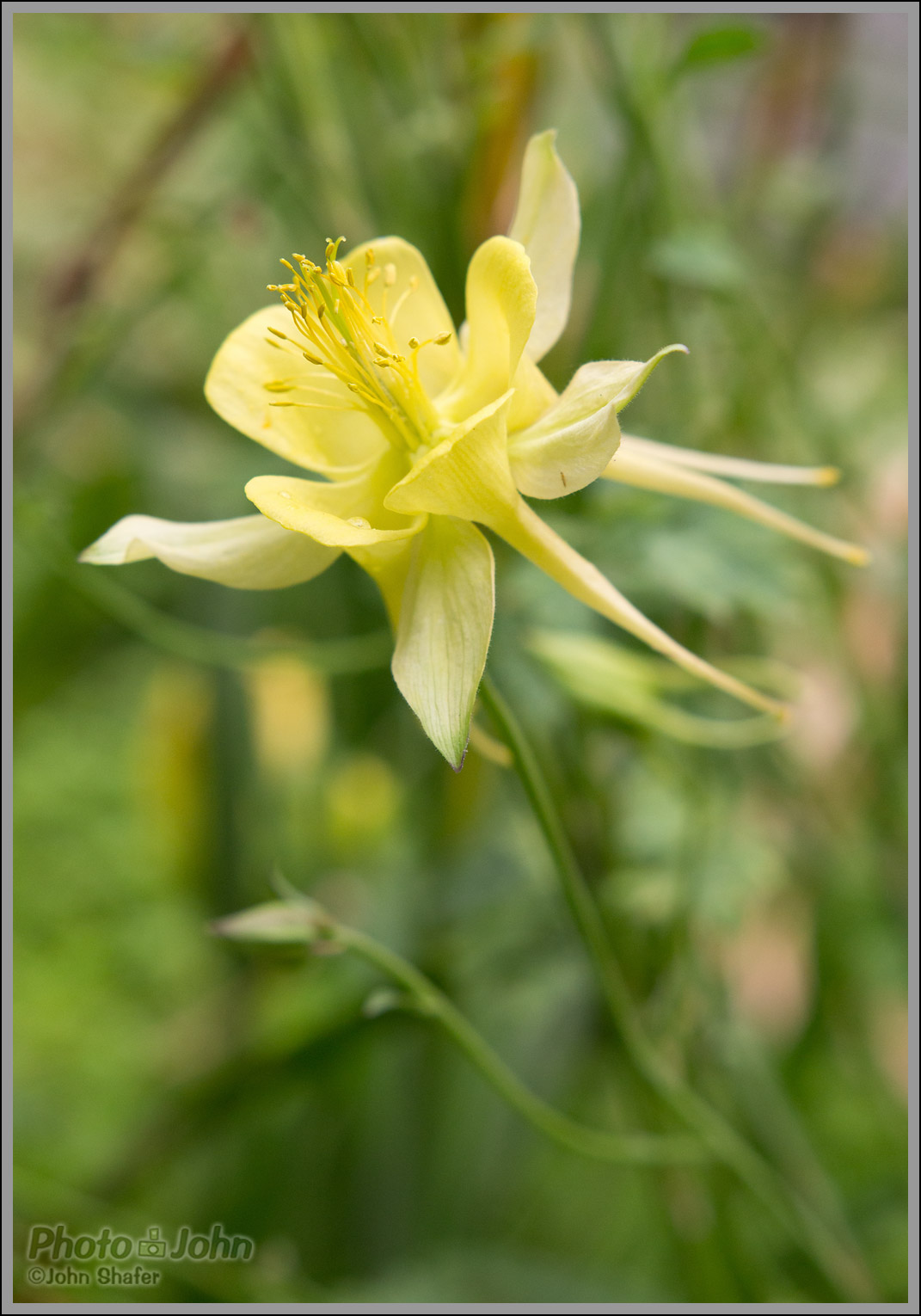



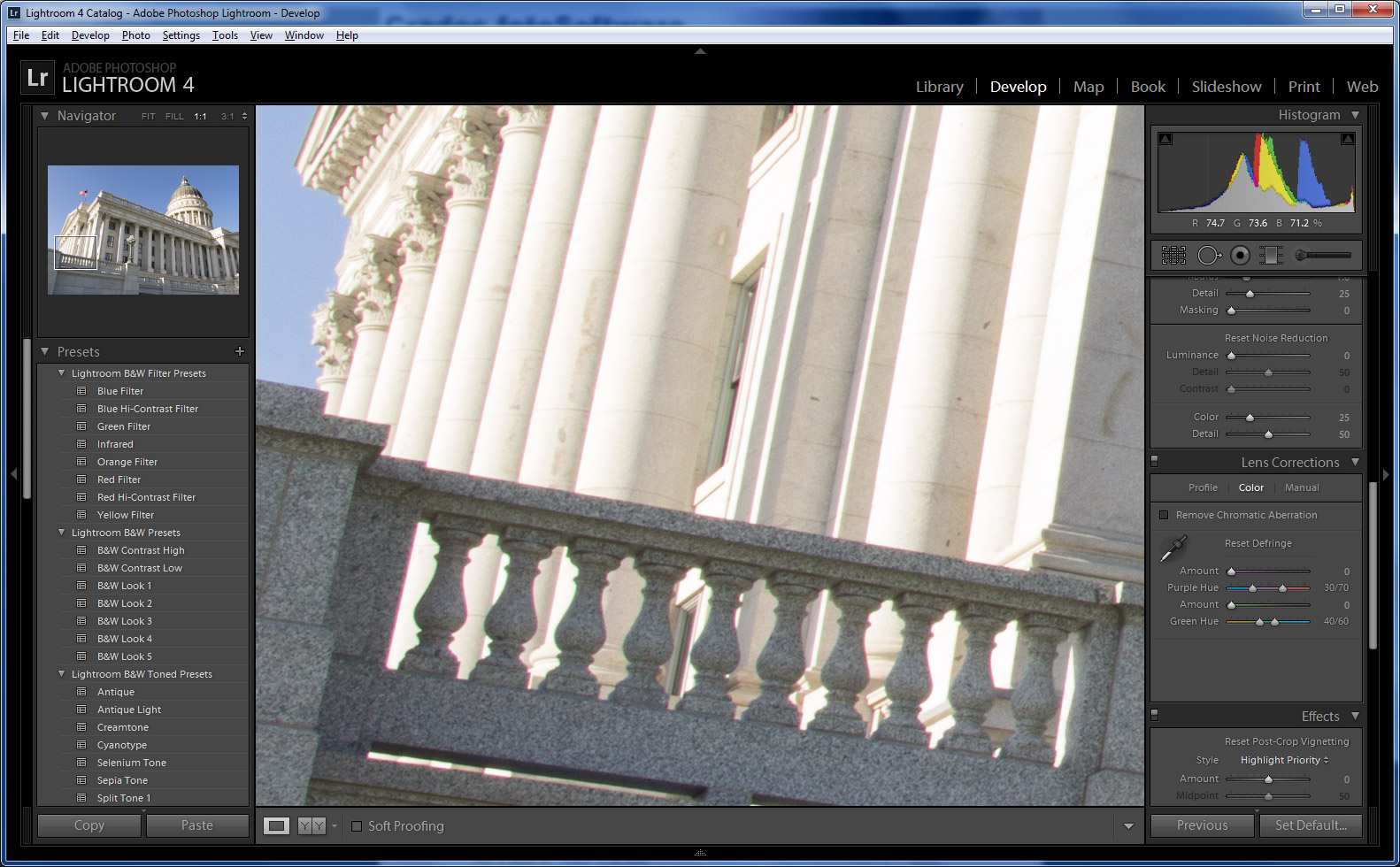

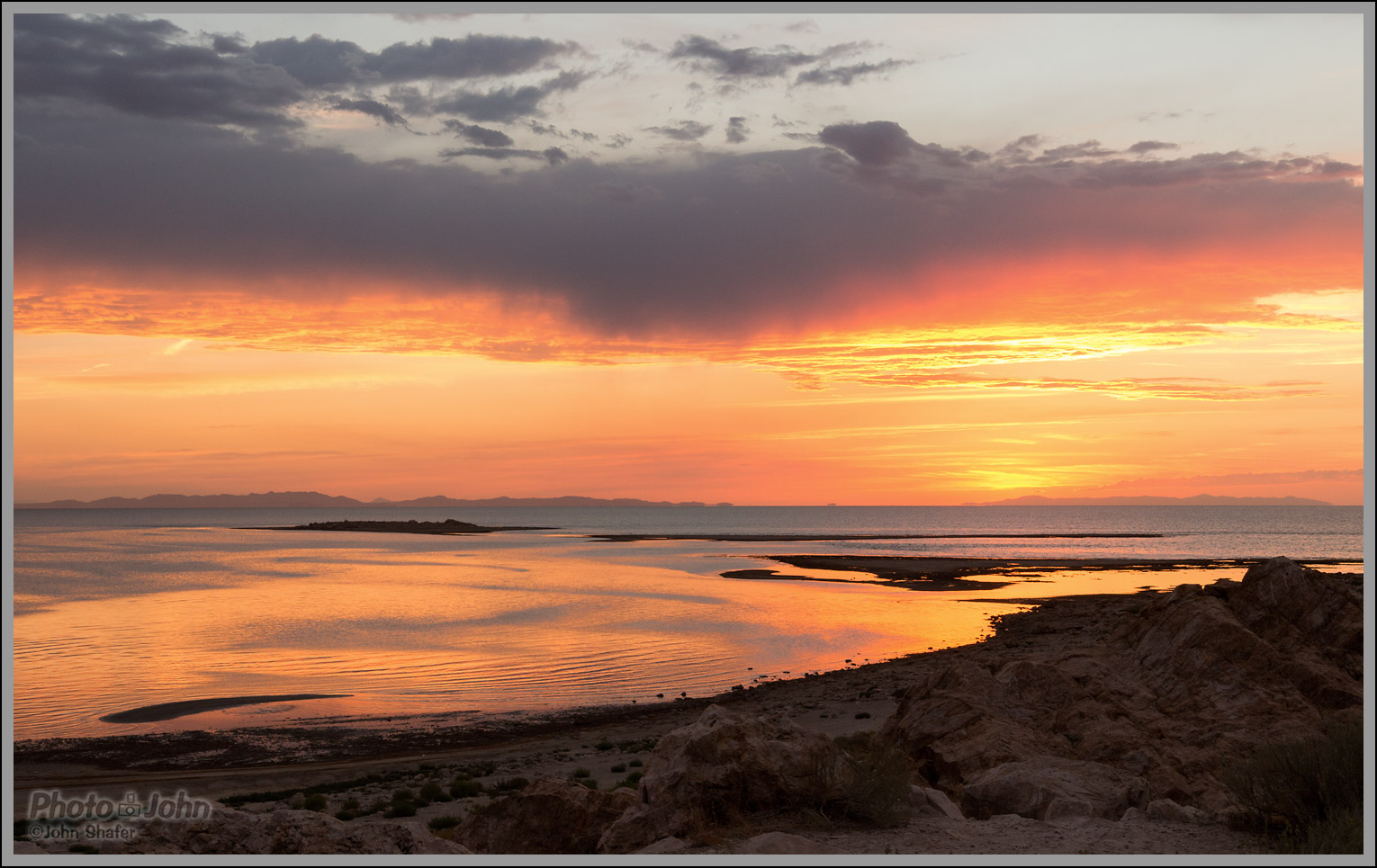

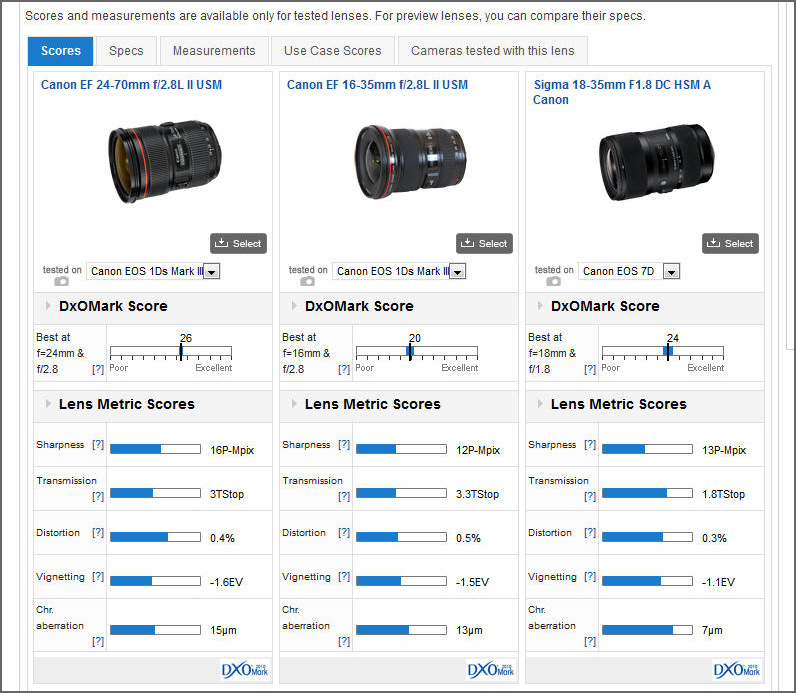


Hello… Nice review…. For those who also have the EFs 17-55 2.8 IS, does it make any sense buying this glass?
Thanks for the comment, JapeX. Glad you liked the review
Your question is a good one. As a fellow EF-S 17-55mm f/2.8 owner, I struggled with this same dilemma. I think it really comes down to what kind of subjects you typically shoot. I don’t think the Sigma 18-35mm f/1.8 is as practical of a lens as the 17-55mm. Yes, it’s got a faster aperture and I am convinced the optics are better. But the longer range and IS make the 17-55mm a more practical and versatile lens. On the other hand, if you shoot a lot of close subjects and you shoot in low light and want better depth-of-field control, the Sigma is really one-of-a-kind. If I were more of a portrait or street photographer, I’d really want one in my bag. I mean – I do want one in my bag. But for what I do – outdoor landscape, product, and action sports, I think the 17-55mm f/2.8 IS is the more practical lens to own.
I hope that answers your question. Let me know if it does. I wouldn’t mind discussing this more because it really is an interesting question.
Tested the lens on a 40D yesterday at a shop and could not help being disappointed a bit by the (lack of) sharpness) at 1.8 – had expected less of a difference between 1.8 and e.g. 2.8 or 4, judging by the reviews. Focus accuracy at close distances also seemed to be less than ideal. Was seriously considering buying one, not so sure now.
What does make a difference, however, is the separation one can create at 1.8, with the main subject at close distance. 1.8 and 2.8 are (almost…) worlds apart here.